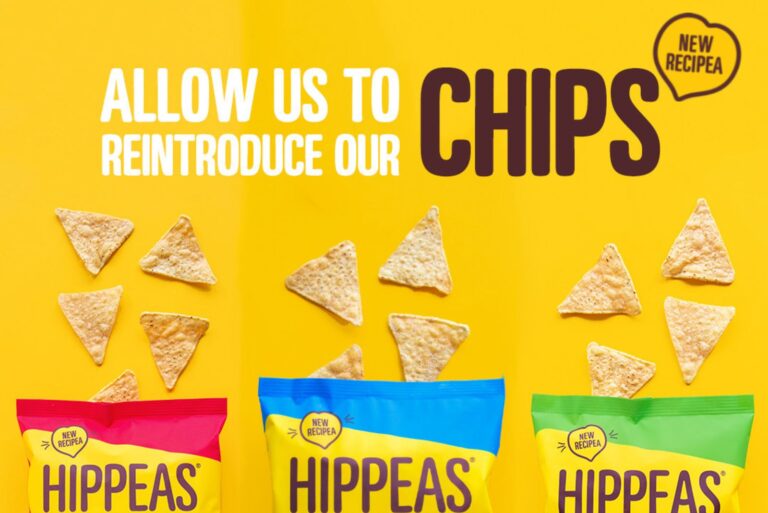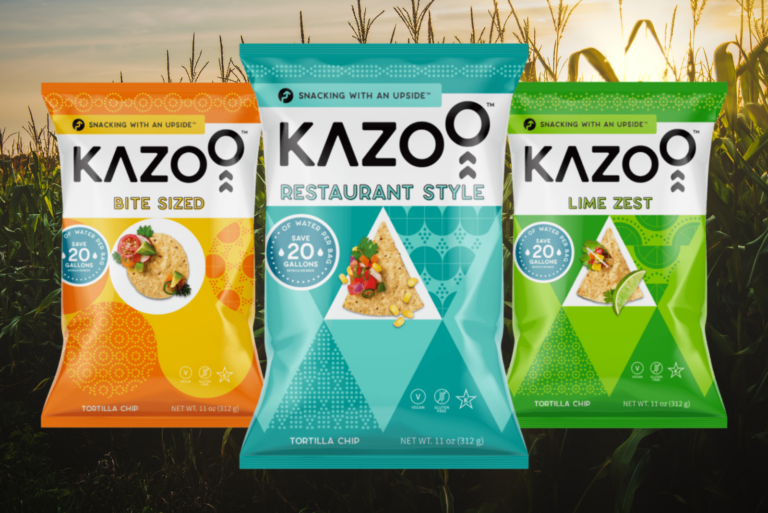KANSAS CITY, MO — From pita to tortilla and more, the flatbread category is everchanging in versatility and product type. The catch-all category for the unleavened goods continues to thrive as the exploration of new dietary habits and cuisine introductions shift consumer habits.
Ridgefield, NJ-based Toufayan Bakeries produces a number of flatbread products and varieties across cultural cuisine types in its product portfolio in addition to other baked goods offerings. With a range of traditional flatbread types, newer trends like keto-friendly and gluten-free varieties are opening doors for Toufayan.
Greg Toufayan, owner of Toufayan Bakeries, shared that the rising trend around health and wellness, while new to some, has been around in a number of ways for a long time … and it’s always been a disruptor.
These trends don’t come without their trials as new ingredients impact production and require bakers to try to find solutions that work with the equipment and resources they currently have.










